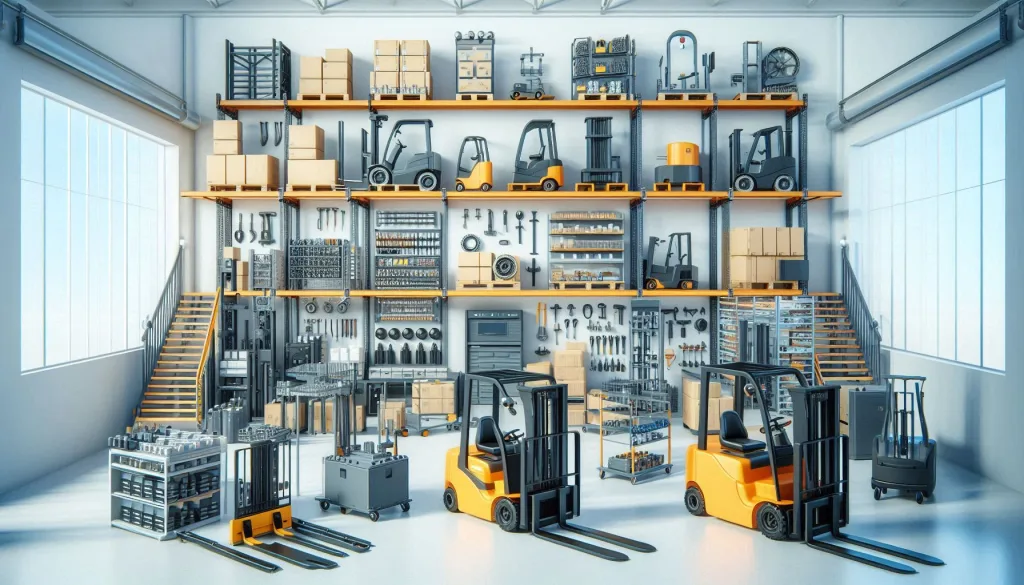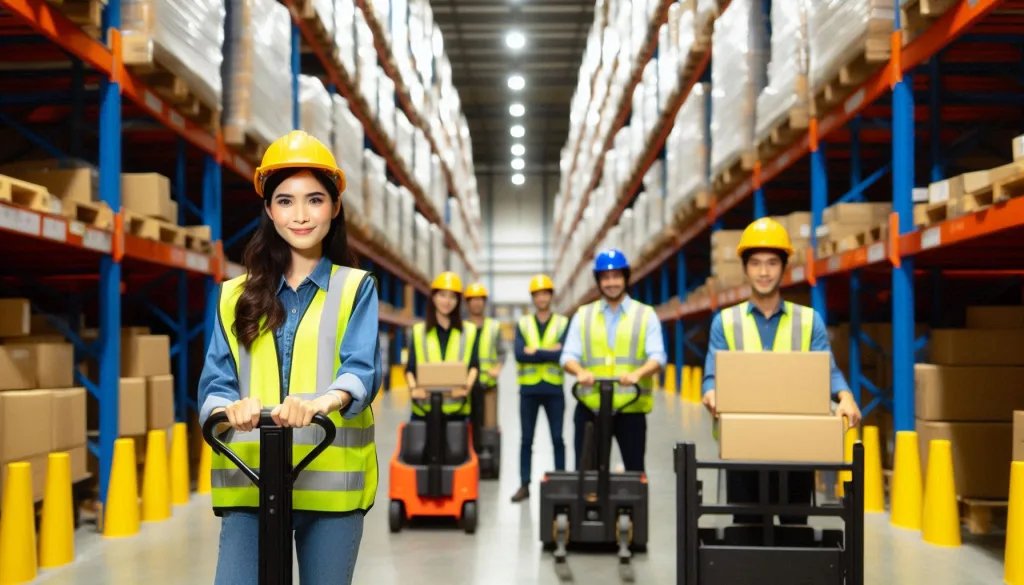6 & 8, Solok Beringin 2, Taman Udara, 13000 Butterworth, Penang
ipoh@yesdisplay.com.my
04-310 6868




For businesses in Malaysia to achieve efficiency in their supply chain management and optimize operations, selecting the appropriate material handling equipment (MHE) is essential. Whether you work in retail, logistics, manufacturing, or another industry, choosing the right MHE can have a big impact on overall profitability, productivity, and safety. The purpose of this guide is to offer businesses in Malaysia guidance and considerations when choosing MHE that is specific to their requirements and operational environment.
Begin by fully comprehending the operational challenges and requirements specific to your industry. Take into account elements like the quantity and kind of materials handled, the design of your facility or warehouse, and any particular limitations or specifications particular to your business in Malaysia.


Consider various MHE options in light of your operational requirements.
Select MHE solutions that can grow with your company and adapt to changing needs in the future. Take into account how simple it will be to upgrade or modify the equipment to satisfy changing operational requirements.


Careful consideration of a number of factors, such as industry requirements, operational demands, and technological advancements, is necessary when choosing the appropriate material handling equipment for your business. Businesses can improve operational effectiveness and get ready for future growth by evaluating various MHE types, prioritizing safety and efficiency features, planning for scalability, integrating modern technologies, and assessing their unique needs. Investing in the appropriate MHE guarantees that safety regulations are met and enhances workflow efficiency, both of which are important factors in Malaysia’s cutthroat business environment.